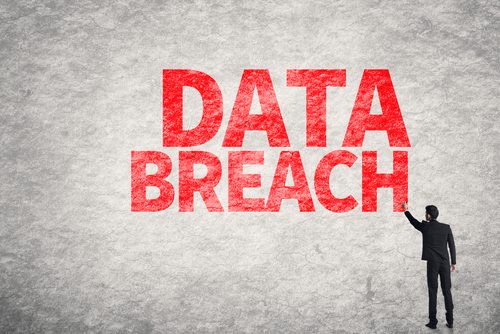Staff are a significant risk to their employer’s cyber security according to research by specialist global executive search and interim management company Norrie Johnston Recruitment (NJR).
The research, which forms part of NJR’s cyber security report: how real is the threat and how can you reduce your risk, shows that 23 per cent of employees use the same password for different work applications and 17 per cent write down their passwords, 16 per cent work while connected to public Wi-Fi networks and 15 per cent access social media sites on their work PCs. Such bad habits and a lack of awareness about security mean that employees are inadvertently leaving companies’ cyber doors wide open to attack.
This research is supported by a report which incorporates the advice from fifteen experts in the field. Here, Benny Czarny, OPSWAT, discusses the top tips to avoid massive data breaches:
With Sony recently setting aside $15M to investigate the reasons for, and remediate the damage caused by, last year’s data breach, many of our customers—from large enterprises to small business—are wondering what they need to do to make sure they aren’t the next big data breach headline. The good news is that most data breaches can be prevented by taking a common sense approach, coupled with some key IT security adjustments.
- Employee security training is an absolute necessity. I cannot emphasize this point enough as your network is only as safe as your most gullible employee. Even the most sophisticated security systems can be compromised by human error – the Sony breach started with phishing attacks and people still use USB devices from unknown sources, which is allegedly how the Stuxnet worm was delivered.
- Access to executable files should be limited to those who need them to complete their duties. Many threats are borne via self-extracting files, therefore limiting the number of employees who are allowed to receive this file type limits your exposure. Your IT department absolutely needs the ability to work with executable files. Bob in accounting? Not so much!
- MSOffice documents and PDFs are common attack vectors. Vulnerabilities are identified in MSOffice and Adobe Reader on a regular basis. While patches are typically released very quickly, if the patches are not applied in a timely fashion the vulnerability can still be exploited. As an everyday precaution, document sanitization is recommended to remove embedded threats in documents.
- Data workflow audits are essential. Data can enter your organization through many different points—email, FTP, external memory device, etc. Identifying your organization’s entry points and taking steps to secure them is a critical step in avoiding data breaches. At a minimum, scanning incoming and outgoing email attachments for viruses and threats and implementing a secure file transfer solution should be considered.
- Store sensitive data in separate locations. Simple data segregation could have mitigated the impact of the Sony breach. The hack exposed both internal communications and unreleased video files. Had the videos and emails been stored on two separate systems some of the damages may have been prevented.
- Internal and external penetration tests are critical. Internal testing is a valuable tool, but hiring an outside party to attempt to breach your network will identify security holes your team may have missed.
- Keep your security architecture confidential. You may be excited about your innovative networking solution or new cloud-based storage system, but think twice about making any of that information public!
- Remember that traffic generated internally to your security system may still be suspect. For example, the Sony malware connected to an internal security system to impersonate legitimate traffic to disguise its malicious nature.
- Multilayer defence is needed. I like to describe defence in depth by comparing it to the defence systems you might see at a castle; it could be defended by a large stone wall, followed by a deep moat, followed by a draw-bridge, followed by an iron gate, etc. A single layer of defence is not sufficient for your data—it must be protected by multiple systems working in parallel. That way if one layer is breached your data is not exposed.
- Finding your weakest security link is your top priority. Every office has one, and it will vary wildly from organisation to organisation. It might be the employee with their passwords taped to their monitor. It might be the deprecated Linux server everyone seems to have forgotten about. You might not be looking for those weak links—but rest assured that cyber attackers are. The question is: Who will find them first?”
To read more useful and practical insights into topics including: How to assess the scale of your risk level; Managing the immediate aftermath of a security breach; How different sectors are affected, download the full report – http://www.norriejohnstonrecruitment.com/downloads/cyber-security/
The opinions expressed in this post belongs to the individual contributors and do not necessarily reflect the views of Information Security Buzz.



